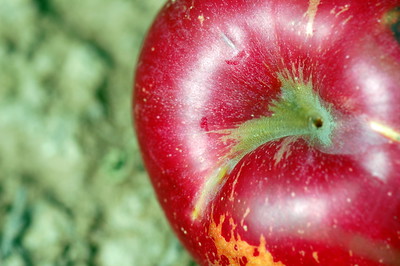One effect of coronavirus that many WCC students will have to deal with is rising food prices and food insecurity. According to the US Bureau of Labor Statistics, food prices rose in April by 2.6%. They rose an additional 0.6% in May. In the past 12 months, grocery bills have increased by more than 4%.
One of the biggest drivers of the increase has been the price of meat. Between April and May, the consumer price of meat rose 3.4%. In the past 12 months, consumer meat prices have risen 10%. Dairy prices have also risen by a more modest 5.7%. While many industry analysts attribute the rise in meat and dairy prices to the unanticipated COVID-19 closures of food processing plants, that’s only part of the equation.
Many pork and poultry producers opted to euthanize their livestock rather than wait for processing plants to reopen. Dairy farms throughout the United States were forced to dump millions of gallons of raw milk because dairy plants could not process it.
Further, farmers are not raising new livestock at the same rate they were pre-COVID-19. It takes about 90 days to produce a market-weight chicken, and about 6 months to produce a market-weight hog. Producing market weight beef, however, is a different story. It can take 2- 2.5 years to bring a steer to market weight. Faced with the uncertainty of the pandemic, livestock producers have reduced the overall size of the US cattle herd by nearly 25%. That means less beef on the US market not just right now, but also for the next 2-3 years. Maybe more. For consumers, they can expect less meat and erratic availability for dairy products in the supermarkets. They’ll also pay higher prices for what they do find.
Food insecurity doesn’t stop with meat production
Meat production isn’t the only part of the agricultural industry to suffer. In April, many Florida farmers let their produce crops rot, or plowed ripe fruits and vegetables under because 80% of their buyers – restaurants – were closed due to the COVID-19 pandemic. Moving produce to supermarket sales seems to make sense, but most supermarkets have standing contracts with foreign producers. As such, they do not buy domestic produce.
But the problems go even farther than that, as one Tennessee farm discovered. Just like meat production, produce harvesting is also carefully timed. Most produce is hand-picked, and work crews come to a farm just before harvest time. The crews travel all around the country, following the crops as they mature. So what happens when all 200 farm workers test positive for COVID-19? If produce cannot be picked on time, it goes to waste.
This is not unique to the United States. The UK is also facing massive crop losses and food insecurity due to migrant labor shortages.
Food availability may be a tough problem to address this fall and winter. Prior to the pandemic, food insecurity was a significant issue among community college students. Hopefully, the WCC Board will act to help decrease food insecurity among vulnerable students in the upcoming school year.
Photo Credit: Steven Snodgrass, via Flickr














